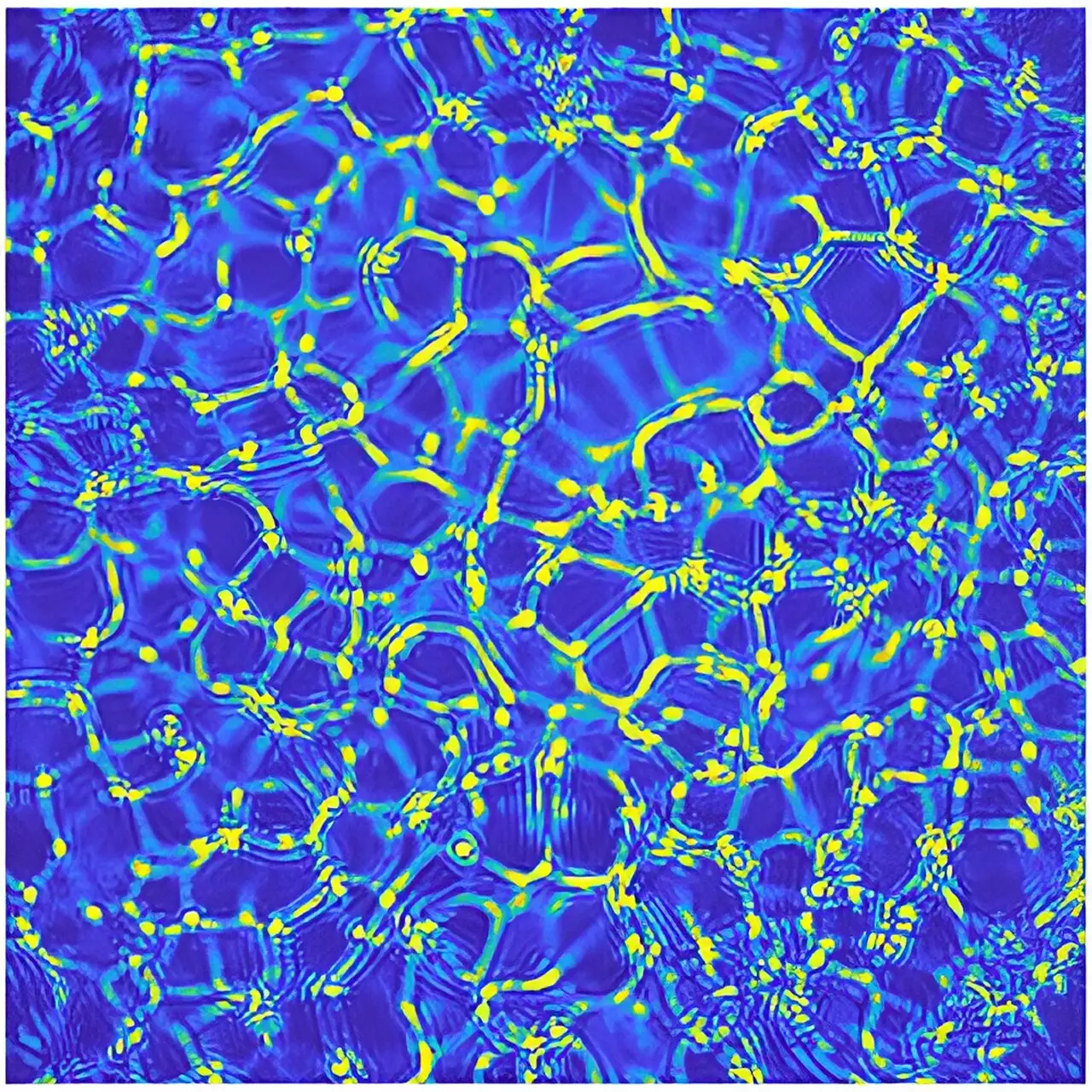Convective instabilities play a crucial role not just in the natural sciences but also in our daily experiences. Defined as phenomena wherein buoyancy forces lead to breakup or rearrangement of a fluid’s structure, these instabilities have been studied extensively since the seminal work of Lord Rayleigh. His findings, particularly the Rayleigh-Taylor instability, demonstrated how fluid interactions could yield striking visual and physical results—from volcanic eruptions to the formation of nuclear mushroom clouds. Nevertheless, recent breakthroughs—discovered over 140 years later—have pointed towards new types of convective instabilities, significantly enhancing our understanding of fluid behaviors.
The recent collaborative work conducted at the University of Milan identifies and mathematically articulates a unique convective instability, challenging existing paradigms. Unlike the traditional Rayleigh-Taylor instability, where a lighter fluid resides beneath a heavier one, this new discovery investigates a gravitationally stable setup where a heavier fluid (glycerol) is positioned underneath a lighter one (water). This arrangement initially suggests that no instability will manifest, but the addition of silica nanoparticles reveals an unexpected behavior termed diffusiophoresis.
In this phenomenon, the silica particles preferentially migrate from a denser region to a less dense one, shifting from areas rich in glycerol to those where water predominates. This unexpected movement intricately links with gravitational forces, leading to localized density changes that disrupt the fluid stability and invoke a new hydrodynamic instability.
This newly identified instability does not merely mirror aspects of previously understood phenomena like Rayleigh-Taylor or Rayleigh-Benard instabilities. Instead, it further enriches our understanding of how particles interact within fluid systems under specific conditions. Mathematical models employing coupled diffusion equations have been utilized effectively to predict the onset of this instability based on the Rayleigh number, offering a robust framework from which to explore its ramifications.
The experimental observations are compelling: when light is used to illuminate the fluid, a discernible pattern emerges characterized by bright “arms” formed of colloid-rich regions encircling darker, colloid-poor areas. This intricate structure stands as both a visual marvel and a fertile ground for future applications in materials science and environmental engineering.
The significance of this new convective instability extends beyond theoretical interests; it holds the promise of innovation across various disciplines. For instance, the instability can serve as a powerful tool in materials engineering, promoting the formation of microscopically structured materials through the induced coagulation of nanoparticles. Such materials have substantial potential for advancements in sol-gel processes, providing pathways for developing sophisticated composites with tailored internal structures.
Moreover, the implications for environmental remediation are profound. This new instability could be harnessed for separating fluid mixtures, thereby lending itself to applications in both industrial contexts and natural systems. Notably, one could envision practical uses for filtering contaminants like microplastics—a growing concern in contemporary environmental discourse.
Beyond the functional applications, the study of this instability intrigues not just chemical engineers but also biologists. Its principles may shed light on the fascinating interplay of colors and patterns observed in the skin of various animal species, including zebras and tropical fish. Understanding these mechanisms could lead to a deeper insight into both evolutionary biology and ecological adaptation.
The identification and mathematical modeling of this new convective instability represent a critical leap in fluid dynamics research. As scholars continue to unravel the complexities of fluid behavior, such discoveries promise to bridge the gap between theoretical science and practical applications. By exploring both the fundamental mechanisms of this instability and its diverse applications, researchers can pave the way for innovations that not only enhance scientific understanding but also contribute to technological advancements and environmental sustainability. The rippling impacts of this research may soon resonate across multiple fields, ultimately reshaping how we think about fluid interactions.


Leave a Reply